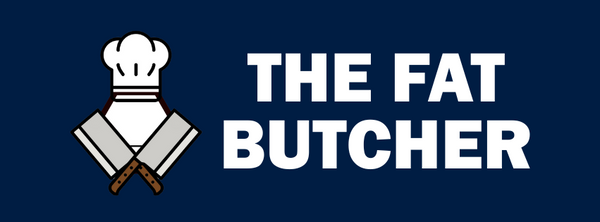
Unleashing the Flavors: The Art of Cooking Lamb to Perfection
Share

Lamb, with its rich, distinct flavor, is a culinary delight that has been enjoyed by cultures around the world for centuries. Cooking lamb to perfection requires careful attention to technique and flavors. In this blog post, we will explore the right way to cook lamb, ensuring tender, succulent meat that will tantalize your taste buds and impress your guests.
-
Choosing the Perfect Cut: Selecting the right cut of lamb is essential for achieving the desired tenderness and flavor. The most popular cuts include leg of lamb, lamb chops, shoulder, and rack of lamb. Each cut has its own unique characteristics, so consider the cooking method and your preferences when choosing. For tender and quick-cooking options, opt for lamb loin or rib chops. For slow-cooked, fall-off-the-bone tenderness, choose cuts like the shoulder or leg.
-
Seasoning for Flavor: Lamb has a robust flavor that pairs well with a variety of herbs, spices, and marinades. Before cooking, generously season the lamb with a blend of salt, pepper, and your choice of complementary herbs and spices. Traditional choices include rosemary, thyme, garlic, cumin, coriander, and mint. Allow the lamb to marinate for at least 30 minutes or up to overnight to enhance the flavors and tenderize the meat.
-
Mastering the Heat: Grilling, Roasting, and Braising: The cooking method you choose plays a significant role in achieving the desired tenderness and flavors of lamb.
-
Grilling: Grilling is perfect for cuts like lamb chops or kebabs. Preheat the grill to medium-high heat and cook the lamb to your preferred level of doneness, usually 3-5 minutes per side for medium-rare. Let the lamb rest for a few minutes before serving.
-
Roasting: Roasting is ideal for larger cuts, such as leg of lamb or racks. Preheat the oven to a moderate temperature (around 350°F/175°C) and place the lamb on a rack in a roasting pan. Cook until the internal temperature reaches your desired level of doneness. Use a meat thermometer to ensure accuracy.
-
Braising: For cuts like lamb shoulder or shanks, braising is a fantastic method. Brown the lamb in a hot pan, then transfer it to a pot or Dutch oven. Add flavorful liquid such as broth, wine, or spices, cover, and cook on low heat for several hours until the meat is tender and falling off the bone.
-
Resting and Slicing: After cooking, allow the lamb to rest for a few minutes before carving or serving. Resting helps the juices redistribute, resulting in a more tender and flavorful meat. When slicing lamb, cut against the grain to ensure maximum tenderness.
-
Pairing with Complementary Flavors: Lamb's distinct flavor pairs wonderfully with a variety of side dishes and flavors. Consider serving lamb with roasted vegetables, couscous, mint sauce, chimichurri, or yogurt-based sauces. These accompaniments add freshness, texture, and balance to the rich flavors of the lamb.
If you want to try the new knowledge you learnt, the following meals can be a great start: Lamb Curry, a Gyro Sandwich, or even the classic Lamb roast!
Cooking lamb to perfection requires attention to detail, a discerning palate, and an understanding of various cooking techniques. By selecting the right cut, seasoning appropriately, mastering the heat through grilling, roasting, or braising, and allowing the meat to rest before serving, you can unlock the full potential of lamb's flavors and achieve tender, succulent results. So, embrace these tips, experiment with flavors, and embark on a culinary journey that will delight your senses and leave a lasting impression on your dining experience. Enjoy the art of cooking lamb!
